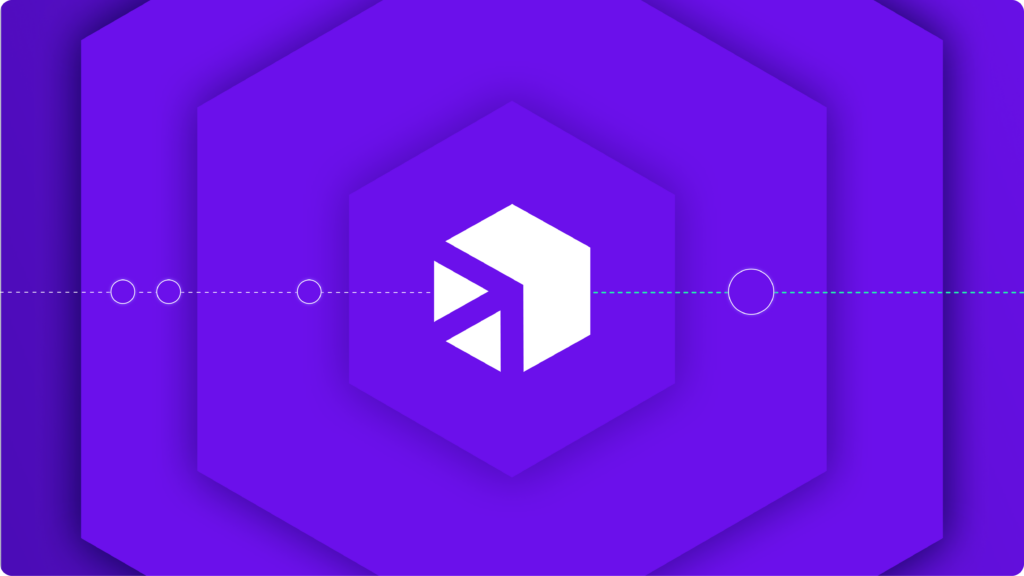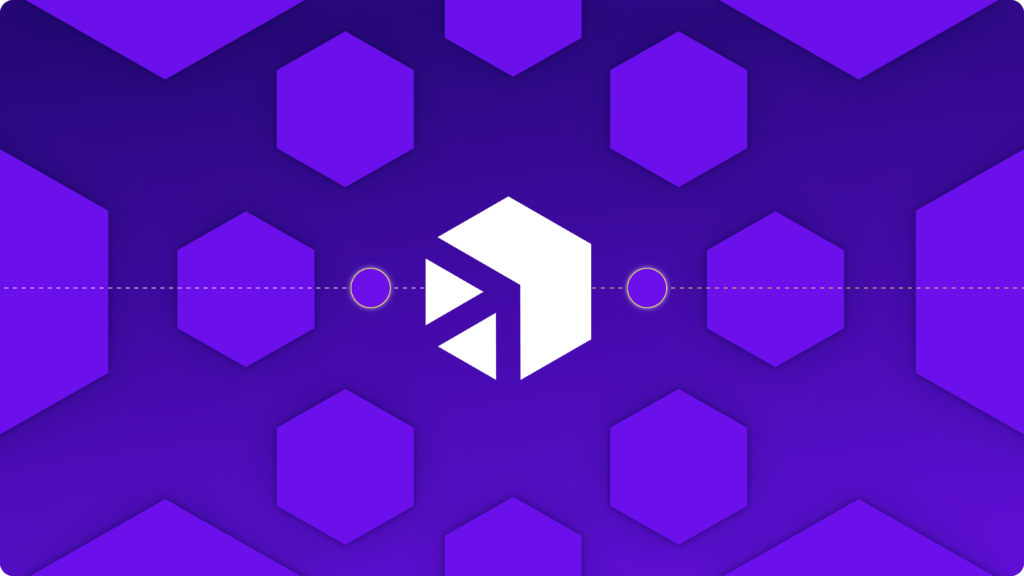julho 6, 2023
A transformação digital e a modernização da arquitetura se tornaram prioridades para as organizações, à medida que a transição para estratégias digitais e omnichannel continua a acelerar. A integração desempenha um papel fundamental nessa tendência, e você provavelmente já recebeu todo tipo de comunicação sobre a importância de uma estratégia de integração adequada, certo?
Integração ponto a ponto, APIs, ESBs, iPaaS – as opções às vezes se confundem, e diferenciá-las pode ser difícil. A proliferação de modelos de negócios “como serviço” (ou “as a service”, em inglês) significa que o iPaaS pelo menos soa um pouco familiar. Mas o que é um iPaaS, afinal?

>> Agende uma demonstração personalizada com nossa equipe de especialistas e veja como o iPaaS da Digibee trará eficiência ao seu negócio.
O que é um iPaaS?
Um iPaaS (plataforma de integração como serviço, ou integration platform as a servie em inglês) é uma solução tecnológica que utiliza recursos baseados em nuvem para conectar outros recursos e sistemas de TI distintos. Por design, o iPaaS é agnóstico em relação à plataforma e pode conectar qualquer combinação de processos, aplicativos e dados locais e baseados em nuvem — dentro de uma única empresa ou entre organizações.
O que o iPaaS resolve?
Um iPaaS permite que as organizações conectem, protejam e monitorem sistemas que, de outra forma, não teriam a capacidade de se comunicar e compartilhar dados. Isso pode ajudar a reduzir custos, aumentar a eficiência e, no fim das contas, proporcionar uma melhor experiência ao cliente. Para empresas que precisam modernizar arquiteturas legadas ou conectar sistemas isolados como parte de uma transformação digital, um iPaaS pode ser a chave para a conectividade sem interrupções.
Como funciona um iPaaS?
A tecnologia está em constante evolução, assim como as expectativas e demandas das empresas em diferentes setores. No entanto, novas ferramentas nem sempre são compatíveis com os sistemas que você utilizou por anos, e reformular processos críticos para os negócios e substituir sistemas nos quais você investiu milhares (senão milhões) de dólares não é uma opção para a maioria das organizações.
Um iPaaS permite integrar dados e processos de forma consistente entre as novas ferramentas que sua equipe precisa para se manter atual e os sistemas mais antigos que são vitais para o seu negócio. Seu provedor de iPaaS fornece e mantém a plataforma na qual você pode construir conexões entre sistemas distintos — a maioria também oferecerá conectores pré-construídos e outras ferramentas destinadas a simplificar as tarefas de criação, implantação e manutenção dessas integrações.
O que isso significa para sua organização?
A diferença mais significativa que um iPaaS pode fazer para sua organização é a carga que retirará da sua equipe de desenvolvimento. Criar e manter manualmente conexões entre sistemas legados e novas ferramentas digitais que sua equipe utiliza pode acabar sendo um trabalho em tempo integral, mesmo para desenvolvedores experientes, o que significa que todos os seus recursos de TI são consumidos por operações básicas, deixando nenhum espaço para inovação.
O que um iPaaS faz?
Um iPaaS vai além de simplesmente mover dados entre sistemas e ferramentas, embora o compartilhamento de dados seja uma parte importante da oferta. Além de transportar dados, um iPaaS pode também:
- Mapear dados entre aplicativos para fornecer uma visão abrangente dos fluxos de dados;
- Transformar dados entre aplicativos e sistemas, permitindo que ferramentas com formatos de dados diferentes se comuniquem sem intervenção humana;
- Monitorar e melhorar a qualidade dos dados conforme necessário;
- Impor políticas para proteger os dados contra acesso não autorizado.
Os benefícios de um iPaaS
Mesmo que sua organização não esteja focada em modernização ou transformação, há uma ampla gama de benefícios que um iPaaS pode oferecer.
- Economize tempo (e dinheiro)
Sem uma solução de integração eficaz, até mesmo iniciativas aparentemente menores podem consumir muito tempo, enquanto sua equipe acessa vários sistemas para coletar todas as informações necessárias para realizar uma tarefa. Com um iPaaS, os dados podem ser centralizados, permitindo que os usuários vejam todas as informações necessárias em um único espaço.
- Reduza os erros
Erros de digitação, esquecimentos e falhas são uma realidade quando os dados de sistemas distintos são combinados manualmente. Não importa quão cuidadosos e habilidosos sejam seus funcionários, erros sempre ocorrerão. Um iPaaS mitiga esse risco ao transformar e integrar informações automaticamente.
- Aumente a eficiência e a produtividade
Quando sua equipe passa menos tempo tentando acessar e combinar dados entre vários sistemas, pode dedicar mais tempo à inovação, ao desenvolvimento de negócios e à entrega dos melhores produtos ou serviços possíveis. Seus colaboradores ficam mais satisfeitos e seu resultado financeiro melhora.
- Resolva os problemas mais rapidamente
É difícil identificar problemas em integrações ponto a ponto construídas manualmente — e ainda mais difícil corrigi-los. Um iPaaS oferece uma visão centralizada de todo o seu ecossistema, facilitando a identificação e a resolução de problemas com o mínimo de interrupção nas operações diárias.
- Melhore a experiência do cliente com insights em tempo real
Com os dados dos clientes de todos os sistemas e plataformas integrados em um único espaço, sua organização pode oferecer uma experiência mais personalizada e eficiente para os clientes, com base em quando, onde e como eles escolhem interagir com seu negócio.
- Aumente a agilidade e a flexibilidade
Os últimos anos demonstraram como a capacidade de se adaptar rapidamente a circunstâncias em mudança pode ser a diferença entre o sucesso e o fracasso para as empresas. Uma solução de iPaaS escalável ajuda a preparar sua empresa para o futuro, para que você esteja pronto para qualquer situação — boa ou ruim.
Descubra como o iPaaS da Digibee é diferente das soluções tradicionais
Os benefícios e casos de uso para um iPaaS são atraentes – mas nem todas as soluções iPaaS são iguais. Enquanto o poder de algumas ofertas tradicionais de iPaaS reside em sistemas complexos que exigem especialistas certificados em desenvolvimento de integração para alavancar, a Digibee construiu um iPaaS que capacita todos os arquitetos e desenvolvedores de soluções em sua organização a construir e implantar as integrações necessárias para manter seu negócio crescendo.
Isso democratiza o trabalho entre profissionais de tecnologia qualificados sem sobrecarregar um punhado de desenvolvedores certificados, permitindo que todos se concentrem mais na inovação e menos na integração.
Aceite o convite da Digibee para ver com seus próprios olhos como nós melhoramos o iPaaS. Agende uma demonstração personalizada da nossa plataforma e veja como a integração pode ser fácil.









